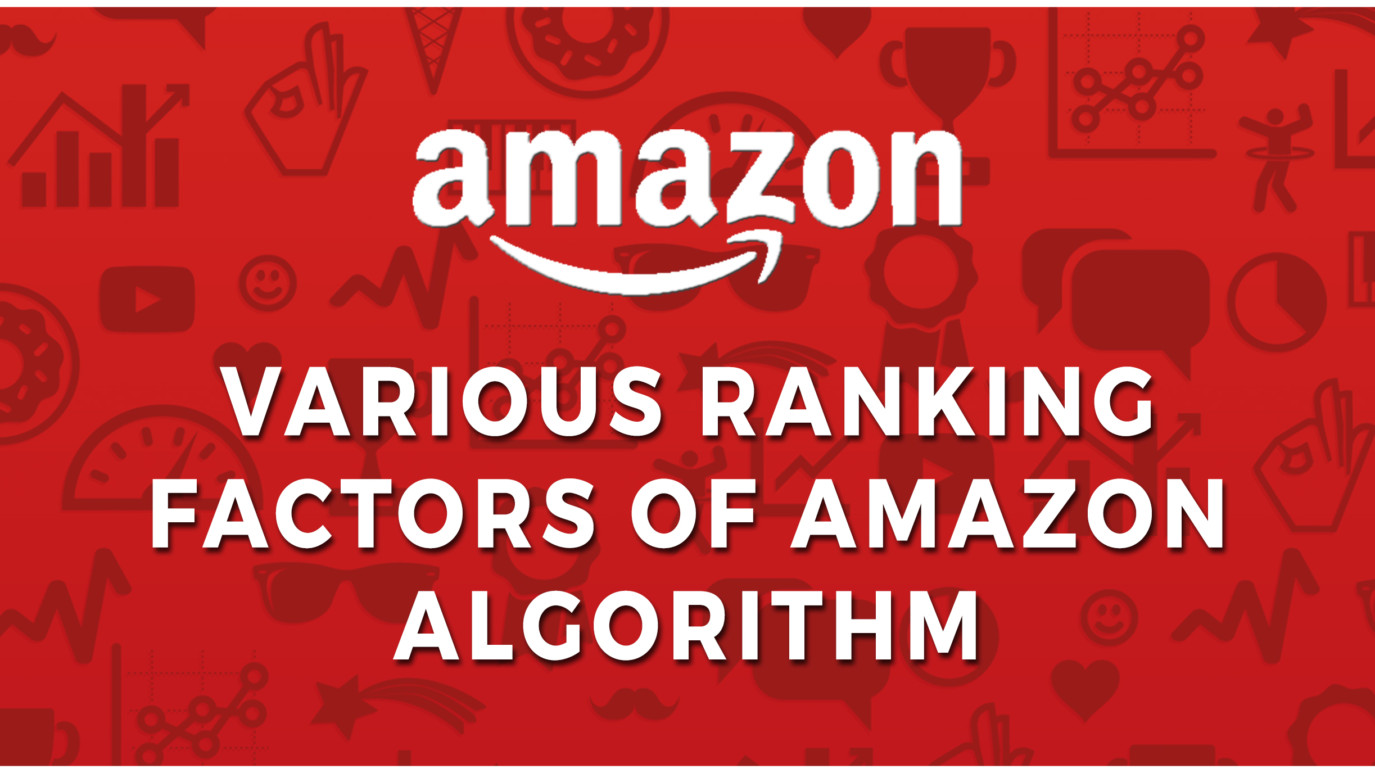Various Ranking Factors of Amazon Algorithm
 12 August 2020
12 August 2020
 12 August 2020
12 August 2020
Amazon's search algorithm, often referred to as the A9 algorithm, takes various factors into account to determine product rankings within search results. While the exact details of the algorithm are closely guarded by Amazon, several key factors are known to influence product rankings on the platform.

How closely a product listing matches the keywords in the customer's search query is a significant ranking factor. Relevant keywords in your product title, bullet points, and description are essential.
The product title is one of the most important elements for rankings. Including the right keywords for the product and giving as much details as possible is highly useful.
Factors like click-through rate (CTR), conversion rate, and how often a product is added to customers' shopping carts can influence rankings. Products that are frequently purchased after a search are prioritized.
Positive reviews and high ratings play a crucial role in rankings. More positive reviews and higher ratings are typically associated with better rankings.
Competitive pricing can lead to better rankings. If your product is reasonably priced compared to competitors, it may rank higher.
Products that are consistently in stock and available for prompt shipping are more likely to rank higher. Frequent stock-outs can negatively affect rankings.
Products fulfilled by Amazon through FBA (Fulfillment by Amazon) are often favored in rankings due to Amazon's efficient and reliable fulfillment network.
How quickly a product sells, along with its sales history, can impact rankings. Products with a steady and high sales velocity are favored.
High-quality images that clearly represent the product can improve conversion rates and rankings. Amazon recommends using images with a minimum resolution of 1,000 x 1,000 pixels.
Include relevant keywords in the backend search terms in Seller Central to improve discoverability. These are not visible to customers but help with ranking.
Amazon Sponsored Products and other advertising campaigns can improve visibility, drive traffic, and positively impact rankings. Monitor and optimize ad campaigns for better results.
Driving external traffic to your Amazon listings from sources like your website or social media can indicate higher relevance to Amazon's algorithm and potentially improve rankings.
Detailed and informative product listings, including clear descriptions and benefits, can help improve conversion rates and rankings.
If eligible, use A+ Content to enhance product descriptions with rich media and additional details.
Offering high-quality products, competitive pricing, and excellent customer service can lead to the Amazon Choice badge, which can positively affect rankings.
Encourage customers to ask questions about your product, and provide helpful and timely responses. A well-populated Q&A section can contribute to rankings.
Remember that Amazon's algorithm is dynamic and adjusts over time, so it's important to continually optimize your product listings and monitor your performance to maintain and improve your rankings on the platform.